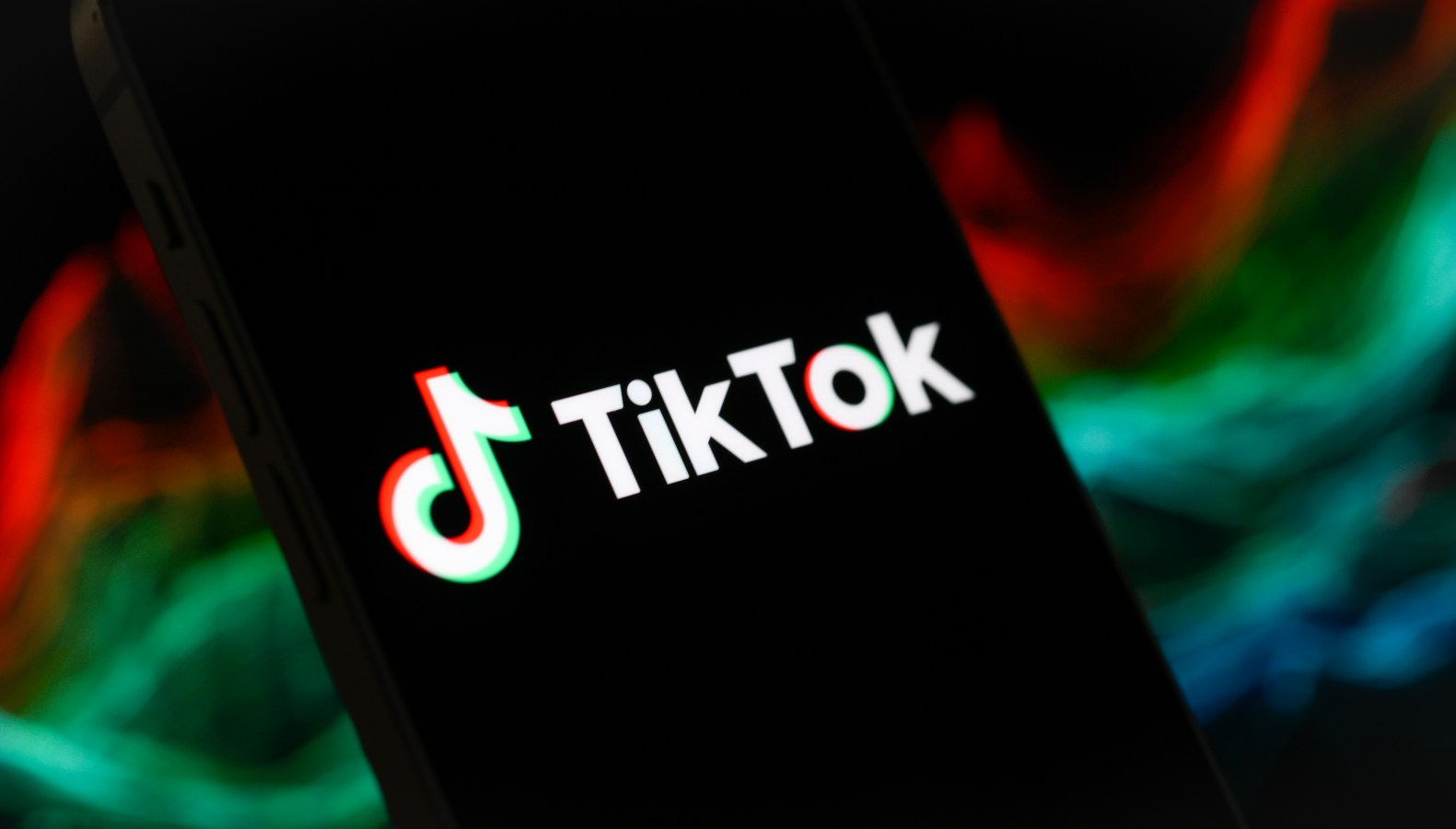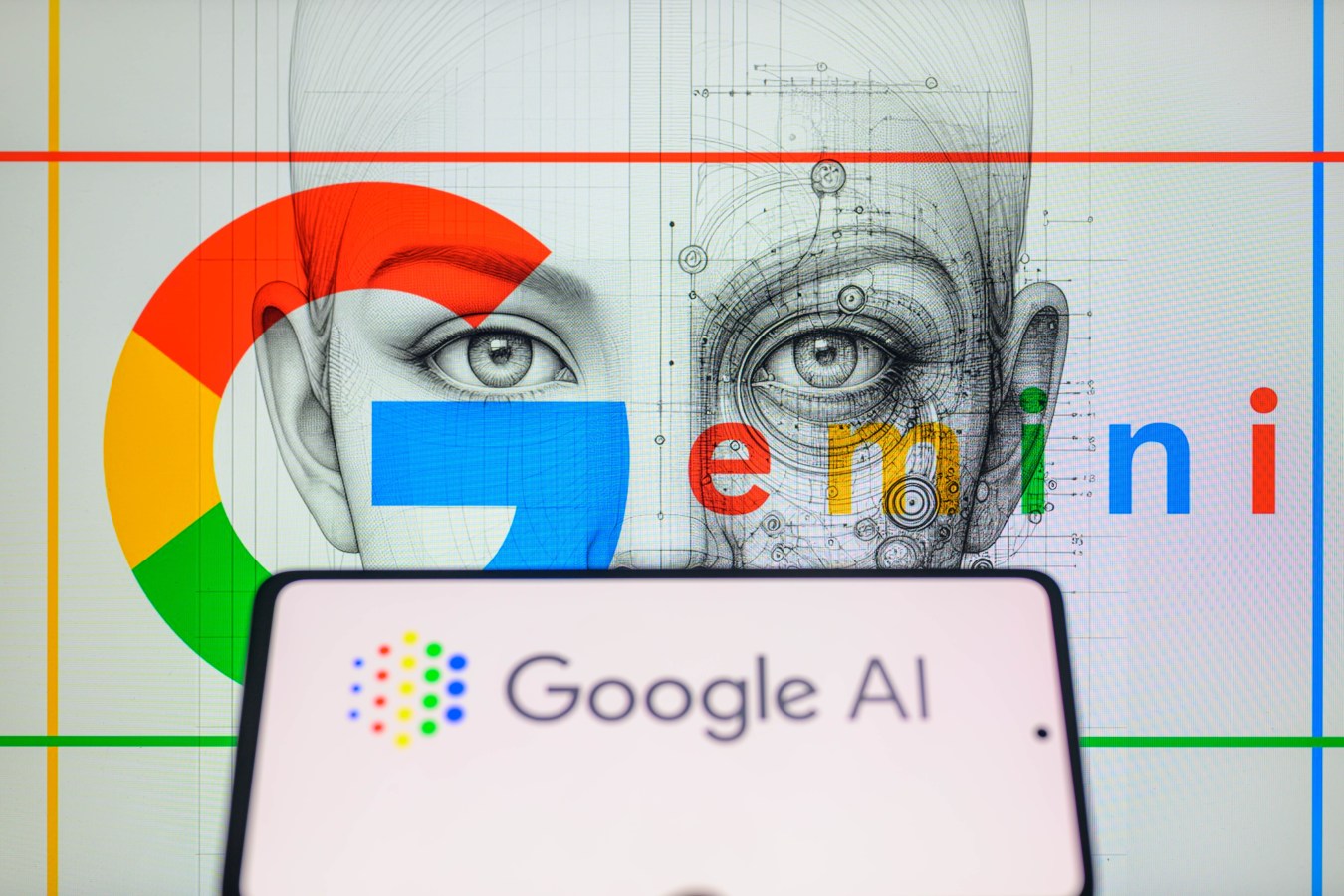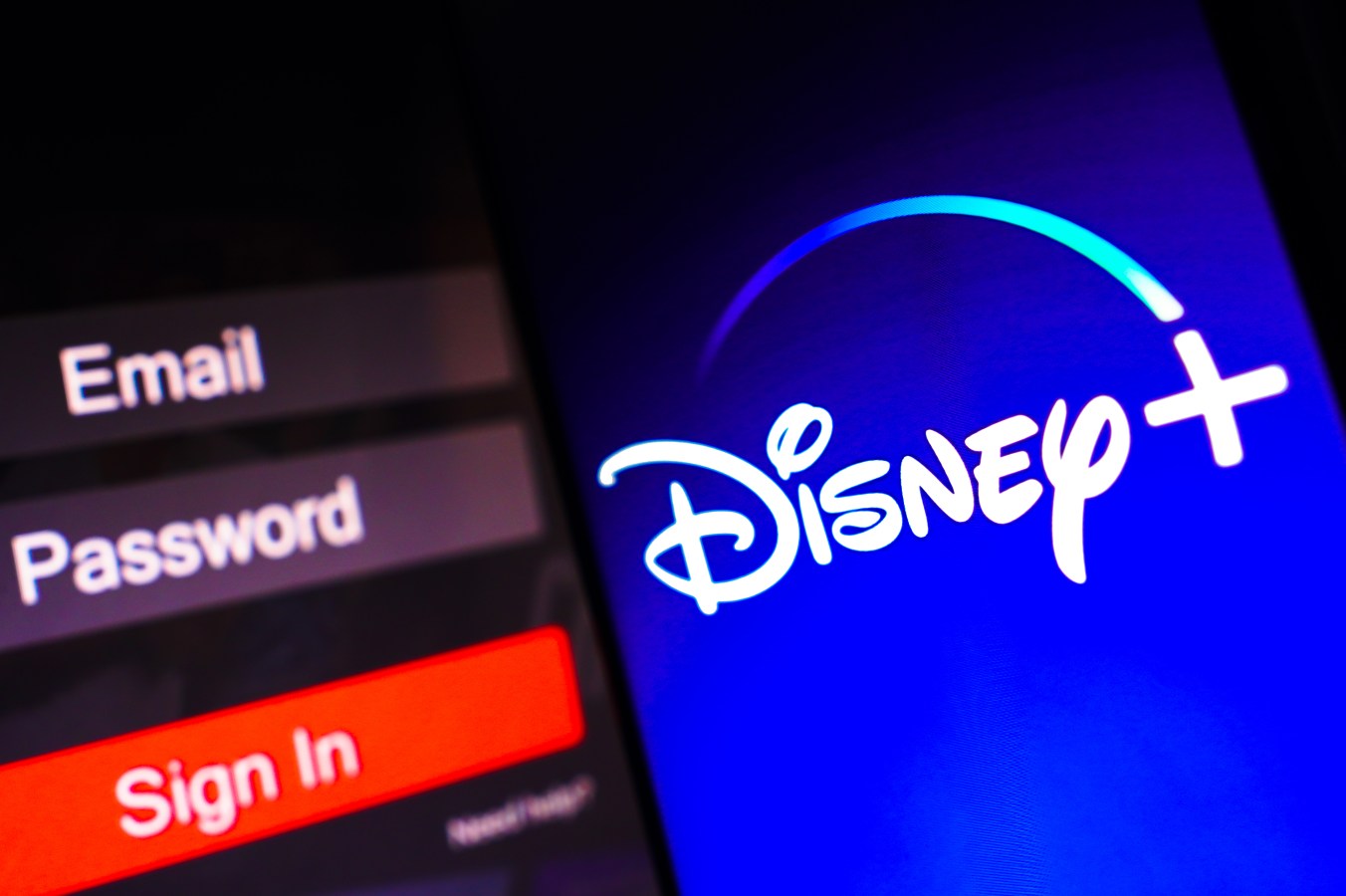A photo and text sharing app that seems eerily similar to the Instagram platform is on the way from TikTok, the company has told some users, signalling yet another move in the copycat wars between two of the nation’s most-used social media platforms.

The TikTok app is displayed on an Apple iPhone.
Getty Images
Key facts
When trying to share photo posts to the majority-video app TikTok, some users have reported a pop-up notification informing them photos will also be posted on a “coming soon” platform called TikTok Notes (with an option to opt-out of the cross-platform sharing).
A site called notes.tiktok.com is currently live on the web with a nonfunctioning “open app” button that teases polaroid-looking posts featuring a still photo and caption, much like the posts that once dominated Instagram, which was bought by Facebook parent company Meta in 2012.
TikTok told the BBC it is working on a “dedicated space” for photos and text but has not finalized the design of the Notes app or confirmed a release date.
Modern Retail, an online news source covering the retail industry, has reported TikTok has recently encouraged brands to increase use of its photo carousel feature, which allows users to scroll through multiple still photos, promising those posts get almost three times as many comments and 2.6 times as many shares than video posts, on average.
Karen North, an expert in digital social media and professor at the University of Southern California, told Forbes a move toward photo sharing does not necessarily mean video isn’t still the biggest thing in content creation, but that TikTok is also looking to engage the large percentage of people who aren’t comfortable on video or being filmed.
And still photos aren’t the only type of content TikTok is looking to expand into—the brand is also looking to support text posts similar to X (formerly known as Twitter) and Meta-owned Threads and is experimenting with 30-minute-long videos, reminiscent of YouTube, TechCrunch reported.
Crucial Quote
“My guess is that nobody is perceiving this as the end of video, but more of a ‘What else can we do?’ from TikTok,” North said. “They are canvasing the world for what is engaging to people and thinking ‘Can we just own it all?’”

Big Number
78%. That’s how many Americans between the ages of 18 and 29 reported they use Instagram, according to a January Pew Research survey, making it the country’s most-popular social media app among adults under age 30. Snapchat was the second most popular app, with 65% of respondents reporting its use, followed by TikTok at 62%.
Key Background
Experimenting with an app seemingly similar to the main feed of Instagram is the latest move in a back-and-forth that has seen major social media platforms repeatedly integrate features of the others. Instagram, for example, launched the “reels” feature in 2020 to encourage users to use its platform for short-form videos instead of rival Tiktok, and TikTok launched a stories feature similar to that of Instagram and Snapchat in 2022.
Platforms like Twitter, YouTube and even Spotify have adopted their own versions of TikTok’s “For You Page” (which recommends posts to users based on an algorithm that predicts their interests) and its endless scrolling video format. The constant copying has drawn the ire of some, but North says it’s nothing new. “You could track this all the way back to Friendster and FourSquare,” she said.
Tangent
A TikTok photo app could be massively successful because of how the brand has created a safe, non-judgemental space to share content, North said. After the launch of Instagram in 2010, the app “became very judgemental” and turned into a hyper-curated space that saw posts liked or disliked based on their artistic merit, made some people self-conscious about what they were posting to the app.
That feeling gave rise to platforms like Snapchat and BeReal, which encourage people to post in-the-moment snaps, and, in turn, had an impact on TikTok. “The people who are making a lot of money are posting high-quality entertainment, but there’s also a culture of other people jumping in and just being themselves,” Smith said. “People are not criticized for singing or dancing badly, they’re celebrated for it. That’s the magic dust of TikTok.”


